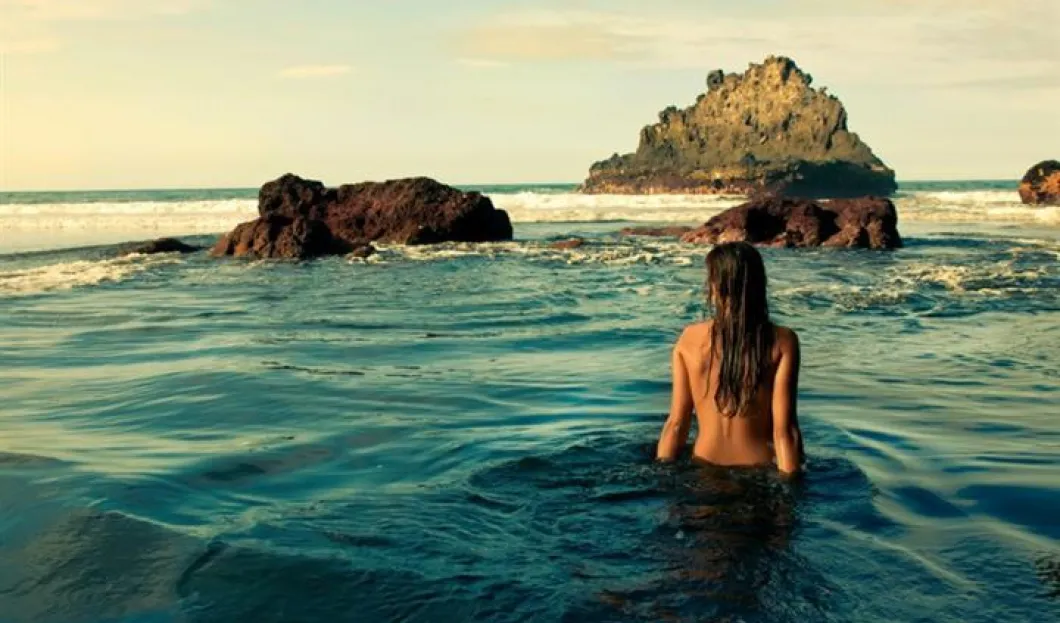
All over Europe, more than 20 million people engage in naturism, or naturist tourism. Without having Spain as a competitor, countries such as Germany, France and Greece have made their way to the top of the list of naturist destinations. While in these countries there exists a more deep-rooted tradition, this type of tourism didn't arrive in Spain until 1975 and its exploitation was paralyzed 10 years after it began. Naturism in Spain is lagging behind but it is developing fast.
According to a study conducted by “Hosteltur”, more than 30 000 people routinely engage in naturism in Spain and more than 500 000 do so occasionally. Despite the large number of interested people, the scarceness of offerings in Spain cannot keep up with the demand for naturist destinations.
The President of the Spanish Naturism Federation (FEM), Ismael Rodrigo, believes that the problem lies in an inadequate advocacy of naturism. “There are camping grounds, hotels and urbanizations geared towards naturists, but it has been months since these places have had any vacancies,” he explained.
Rodrigo would like to see entrepreneurs overcome the taboo of naturism. Society needs to understand that naturism goes beyond clothing. It is a lifestyle which, although it continues to be frowned upon by some, has ceased to be a mere exercise and has been transformed into an ideology which is shared by many people and which does not necessarily require practicing nudism.
For Rodrigo, naturism is a “freedom movement, which defends a healthy lifestyle and which was a precursor to the environmental movement”. He further explained that it consists of making use of clothing only when it is necessary, without doing so because society demands it and without turning the human body into some sort of merchandise – and as a result, avoiding its sexualization.
“The movement's essential goal is the normalization of nudity. Otherwise we will forever be subject to the commercialization of our bodies. Bathing, for example, does not require any sort of clothing,” indicated Rodrigo, for whom the best way to enjoy nature is by “being naked whenever possible”.
While Spain has not yet exploited all the opportunities of this type of tourism, it does offer certain advantages to naturists. One example of this is Spain's lack of regulation, which, as a result, makes nudism allowed on virtually any Spanish public beach. As early as 2014, the online platform “Playea” compiled a report in which it collected the data regarding naturism in Spain – despite the difficulties such task entails. It found that the Canary Islands, the Basque Country and the Balearic Islands were the Autonomous Communities with the highest number of naturist and nudist beaches.
In that same year, Playea was able to record at least 451 beaches in which this practice was allowed to be carried out – 52 of these sandy beaches were considered mixed and 399 were exclusively reserved for nudists. These numbers are obviously open to change due to the lack of legislation which does not require beaches to declare themselves as being nudist – this also complicates the process of establishing exact statistics.
At the moment, this researcher's website only lists three new beaches, putting the total at 454. All of this is due to the modification of the law from 1989 concerning “public scandals” and the approval of a new Penal Code in 1995 in which nudism ceased to be considered a crime. In this way, anyone practicing nudism cannot be sanctioned unless he / she commits “acts of violence or of obscene display to minors”.
In spite of everything, there is an ongoing dispute between advocates of clothing and nudists regarding this “legal limbo” which endows Spanish practitioners with more freedom than their Italian or British counterparts – for whom it is forbidden to undress on their countries' beaches. This is why, despite the scarceness of offerings, Spain has naturism centers and complexes which are of international renown.









